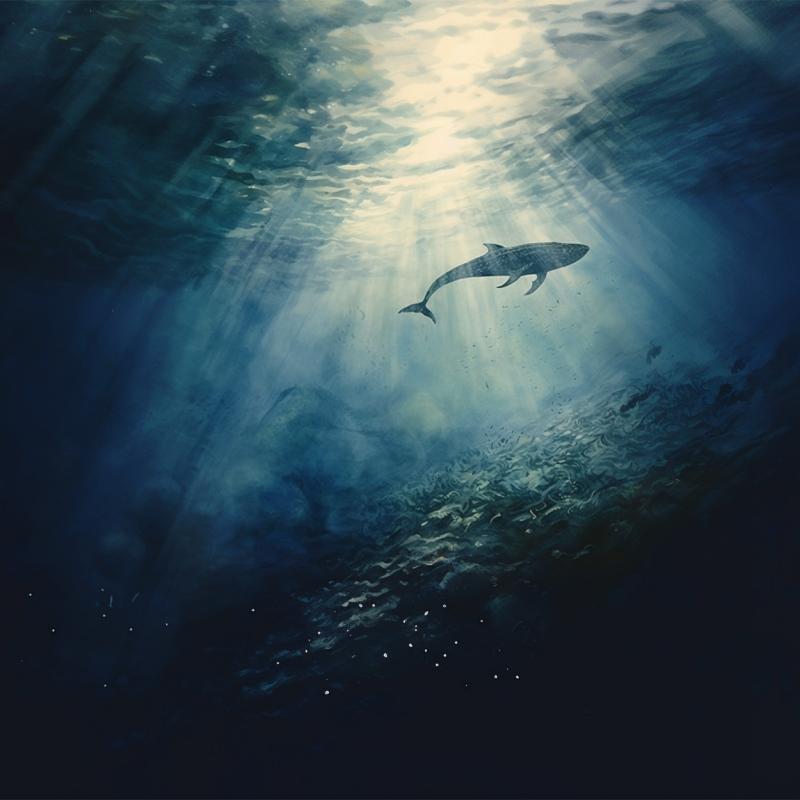The Save the Blue Five project promotes cross-border cooperation in the South-East Pacific in order to protect migratory marine fauna such as whales, dolphins, sharks, sea turtles and manta rays. The aim is to preserve these species in the South-East Pacific, along with their habitats, which extend across several countries in the region. On behalf of the German Federal Ministry for the Environment, Climate Action, Nature Conservation and Nuclear Safety, GIZ and its partners are working with Costa Rica, Panama, Colombia, Ecuador, Peru and Chile to bolster marine protection over an area of two billion hectares. The project covers topics such as regional political coordination, knowledge building and knowledge transfer, cooperation with the financial and private sectors, and raising awareness of marine conservation. It plays a part in meeting international commitments on climate change, biodiversity and the 2030 Agenda.
‘Placing the focus on marine conservation and the blue economy’
In the run-up to the Third UN Ocean Conference (UNOC3), Benjamin Ilabaca from Easter Island explains why it is crucial that everyone cooperates on protecting the oceans. Ilabaca is a legal advisor on indigenous rights and sustainable development to the Municipality of Rapa Nui.

What does cooperation between the islands of the South-East Pacific mean for marine conservation?
Regional cooperation is key to ensuring effective protection of the seas, and surely the only way to do so, too. The ocean connects our communities, even if we live far away from each other. This is why good coordination is important – ideally through a strategic regional plan that facilitates monitoring and marine conservation. It means that the marine resources can be managed jointly.
The ocean is not only a source of life for our communities and indigenous peoples, it is also a hub of cultural and spiritual identity. Island communities, whose worldviews and lifestyles are closely bound up with the sea, present an invaluable foundation for genuine, transformative cooperation.
‘The islands of the Pacific are one of the regions of the world worst affected by the threefold crisis: climate change, biodiversity loss and pollution.’
As a community leader, you have attended leadership training run by the Save the Blue Five project. How was this experience?
The leadership training helped me a great deal in establishing networks and devising joint solutions with other people who have entirely different perspectives. The method is holistic, and fosters a type of leadership that unites people from very different contexts, professions and backgrounds. It was a unique experience where I learned a lot – especially about essential instruments for marine conservation and sustainable development.
The partnership declaration Declaratoria de Hermandad on the protection of the Pacific Region was initiated at a regional meeting of island marine protected areas, which was supported by Save the Blue Five. What opportunities does this declaration present?
The declaration came into being through an alliance of islands that have important marine conservation areas (Galápagos, Rapa Nui and Juan Fernández). As a starting point for joint coordination of marine conservation activities, it constitutes an initial milestone and is intended to serve as an example for other Pacific island regions. The partnership declaration shows that it is possible to formulate a united political will and pool available resources for a specific purpose.
It is important to place marine conservation, sustainable development and the ‘blue economy’ at the heart of public policy. This is the only way to effectively protect island communities and marine ecosystems. The islands of the Pacific are one of the regions of the world worst affected by the threefold global crisis: climate change, loss of biodiversity – in particular marine biodiversity – and pollution, primarily from plastics and microplastics. In order to address these challenges and achieve a shared vision of regional conservation and resilience, local communities need to be strengthened and the islands brought closer together.


